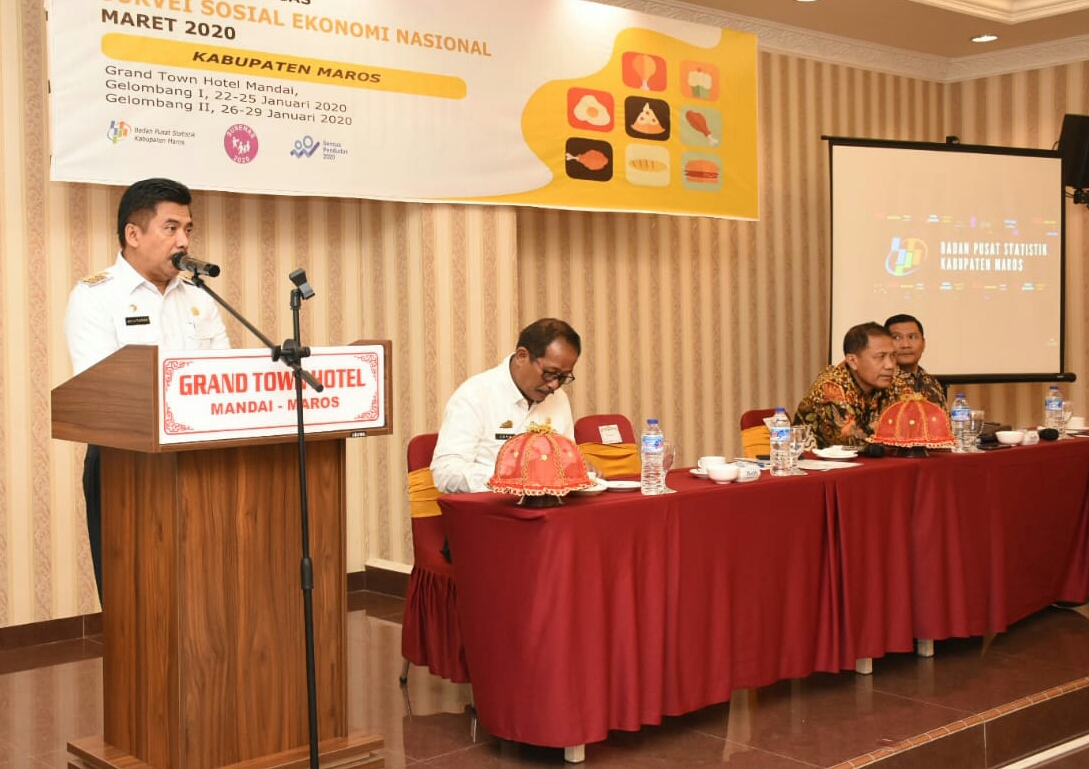


Whitten (1987), Maurice Kottelat, and L.R. Most of the endemic fauna in Poso is located in the area of cultural and natural heritage, such as Lake Poso and Lore Lindu National Park. celebica belong to the category of vulnerable species, which means that ebony is at the limit of high risk for extinction in the wild (vulnerable to exploitation). The International Union for Conservation of Nature (IUCN) has issued their red list in 2000 and D. Sulawesi black Ebony, also known as diospyros celebica, naturally can be found in Central Sulawesi ( Parigi, Poso, Donggala), South Sulawesi ( Maros), West Sulawesi ( Mamuju) and Maluku. Oryzias sarasinorum, endemic fish that only exist in Lake Poso and Lake Lindu In 2014, there are 3,000 foreign tourists visited Tambing Lake which is known as Endemic Bird Paradise with 30 percent of 270 kinds of birds are endemic. Tambing Lake is located in Lore Lindu National Park, 3 hours drive from Palu and 100 meters away from Palu-Napu Road. In 2006, 188 thousand people registered to become members, and there are 376 congregations served by 625 priests. GKST serves Central, West and South Sulawesi. Central Sulawesi Christian Church (GKST) is a church organization that was established on 18 October 1947 in Tentena. After working for seventeen years, their efforts paid off when hundreds of people from To Pebato baptized on Christmas Eve, 25 December 1909. Christianity began to spread in the late 19th century, when a Dutch missionary, Albert Christian Kruyt sent by a Christian mission agency of the Netherlands Missionary Society to begin missionary in Central Sulawesi.
Badan pusat statistik kabupaten maros series#
This process culminated in the events in which Mandar people living in the area of Kadombuku (now Lage), forcing the local tribal people to convert to Islam and end up with a series of tribal wars between Mandar and Kadombuku. The migration of Mandar tribe of western Sulawesi region also proved influential in this process. Although the process is not known, Islam certainly been entered in Poso around the end of the 18th century. Islam is the first religion which spread widely in Poso. The number of places of worship in Poso, consisting of 270 mosques, 500 Protestant churches, 36 Catholic churches and 71 temples. This is followed by 95,417 Muslims, 9,739 Hindus, 1,425 Roman Catholics and 267 Buddhists, respectively. Poso District Religious Office noted that the majority of the population in Poso is Protestant, with the number of adherents as many as 122,389 inhabitants. The table also includes the location of the district administrative centres. The districts are tabulated below with their areas and their populations at the 2010 Census and the 2020 Census. In 2007 there were calls to divide the remaining Poso Regency into two regencies to overcome religious-based conflicts one new regency in the southeastern and western sectors would by named Tentena Regency (comprising the first twelve kecamatan listed below), while the residual Poso Regency in the northeast sector (bordering the Gulf of Tomini) would consist of the last seven kecamatan listed below Administrative districtsĪt the time of the 2010 Census, the Poso Regency was divided at 2010 into eighteen districts ( kecamatan), but an additional 19th district (Pamona Pusalemba) was subsequently added by splitting off the western and southern villages of Pamona Utara District. In 1999, Morowali Regency and Tojo Una-Una Regency were created out of eastern portions of Poso Regency. It covers an area of 7,112.25 km 2, and had a population of 209,228 at the 2010 Census and 244,875 at the 2020 Census. Poso Regency is a regency of Central Sulawesi Province of Indonesia.


 0 kommentar(er)
0 kommentar(er)
